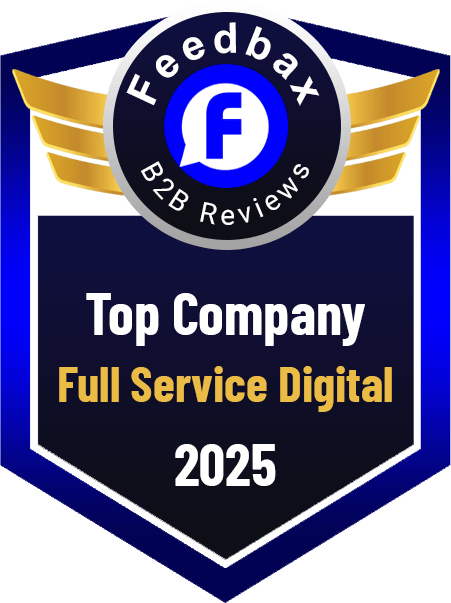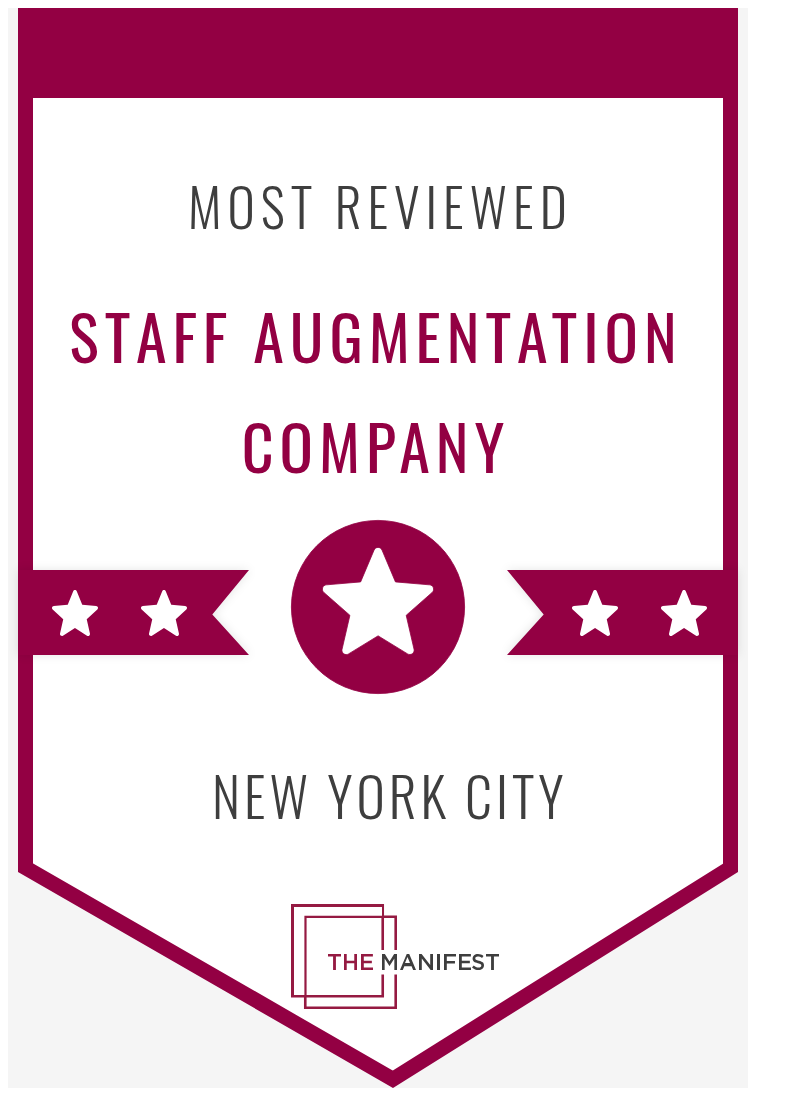Global startups, enterprises, and small & medium-sized enterprises (SMEs) trust Chudovo.
We enable startups to overcome the toughest hurdles of market entry. Startups need to understand the market dynamics before investing their time and money. Startups that employ MVP can test their ideas, thus avoiding long-term frustrations and failures.
Small and medium-sized businesses (SMEs) can use MVP. It helps them to test the main features and gauge how the market will react to changes before going global.
Finally, organizations should evaluate big changes to their product or services. The MVP development process makes their decision-making easier and enables them to develop solutions that meet market needs.


The MVP planning phase takes 2 weeks to 1 month to complete. Here, our MVP development carries out the following tasks:
Business analysis for products which consists of:
Business analysis for custom enterprise software which carries tasks such as:
Create a feature road map that outlines the full software features. It also consists of prioritization and which features should be included in MVP.
Develop an MVP architecture design.
Double-check and plan MVP integrations with third-party systems.
Carefully choose the right technology stack to ensure MVP project success.
Next, we move on to MVP Development.
Here, we have two approaches:
But which one should you choose?
No-code MVP development is ideal for startups that:
In case of no-code MVP, we offer:
For code-based MVP development, we offer:
If MVP succeeds, we move to MVP evolution. In this phase, we start developing the product with all features.
Our software engineer teams follow a strict development process. It consists of planning, designing architecture, testing, staging, and deployment.
During the process, we constantly look for market validation. It helps us improve the final product’s quality.
Our MVP development services for startups, SMEs or enterprises require in-depth market research. We also put significant effort into understanding business needs.
In market research, we take steps to:
By doing all of these, we learn two key things:
Our marketing experts use their years of experience to gather vital research data. With researched information, our team streamlines the goal to match the company’s objectives, especially its mission. This helps new startups to make objective decisions.
Our BA team executes product concept creation, market research, creation of the technical requirements with the mock-ups, etc.
The minimum viable product (MVP) rely on core features. That’s why, our team evaluates business needs and goals. We also capture user persona. All of these results in identifying core feature to pursue.
Here, we carefully evaluate the following:
In this step, we also plan milestones and timelines to set expectations. It adds visibility to project progress to the internal team, project manager, and stakeholders.
The MVP architecture is critical for project success. If done right, it adds flexibility to the project. That’s why our expert architecture engineers use industry practices.
First, they study factual requirements and see how it fits market demands. Then, they analyze competitors and find places to improve on already-existing designs. Lastly, our engineers utilize incremental development with minimal component use to fasten development.
After successful evaluation, we choose a technology stack for the project.
User Interface (UI) and User Experience (UX) are key to MVP development.
Here, the goal is to create a functional yet easy-to-use interface. It should reflect on UX as well.
We hire back-end developers and front-end developers who help in developing an MVP. However, in some cases, full-stack developers can undertake end-to-end needs too. In all these scenarios, we always aim to cut down on the overall cost of production and marketing; this is why we always use ready-to-use tools/components.
We always end up running a lot of tests to ascertain that we have a bug-free MVP in place. We include the following main four tests:
If everything goes well, then MVP is ready for release. We use our dedicated production environment consisting of continued testing and development. During the launch, there are challenges where the team constantly aims to re-iterate to improve functionality, design, and user experience.
On custom MVP software development, we do:
My Therapy Companion
Our team helped the customer company test out their medical app. They wanted to know how their app would perform in the Medical field. On the tech front, we utilized C#, Cosmos, Azure, and Xamarian Forms. This enabled the customer company to gain insights. After MVP's success, we developed a full-fledged healthcare app. The team released the app on Android and iOS platforms.
Healthcare company, Belgium
Our software engineer team delivered a telehealth software solution that aims to provide E-health suppliers the ability to offer multidisciplinary remote care. To understand scope, viability, and success, our team developed an MVP. After the successful MVP launch, the clients gave us the green light to work on a full-fledged application with all documented features.
IT Company
In this project, we created a B2B platform for easy talent search. To ensure complete success, our team first focused on MVP and then shifted to full-fledged development following a proper software development cycle. We created modules that included projects, developers, companies, messaging, memberships, dashboard, and admin.
All of these ideas are different. Proof of Concept (PoC) is a smaller project that provides validity on tech feasibility. It can be in the form of a document, a hard-coded solution, or a simple software demo.
Prototype, on the other hand, is an interactive demo. It mimics the project’s software layout and major user flows. It is created to how the product will feel or look before actual work starts on it. The target audience for the prototype is project stakeholders.
There is no single way to create MVP for your business. Broadly speaking, there are two types of MVPs:
In no-code MVP, teams don't have to code. For example:
The landing page MVP uses the landing page to interact with users.
Similarly, email marketing MVPs use emails to subscribers to validate the idea.
Now, there are code-based MVPs. Here, businesses get two options
In single-feature MVP, the team implements one core feature. It is effective in understanding how users react to the addition of a new feature.
Piecemeal MVP, on the other hand, focuses on utilizing ready-made elements from open-source or previously completed projects. In a few cases, development needs to write modules from scratch.
If your business opts for MVP development, it gets benefits like: